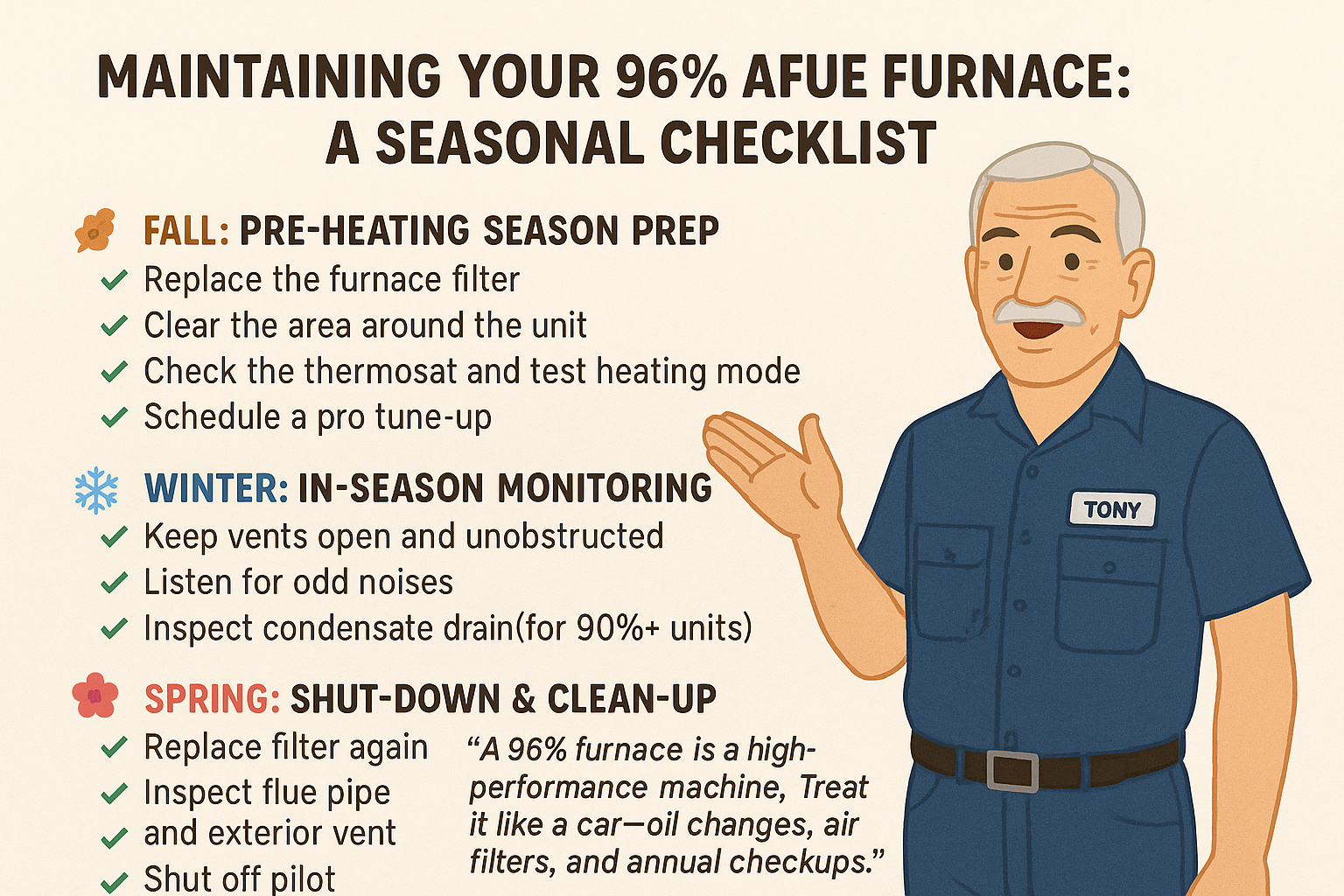HVAC Tips
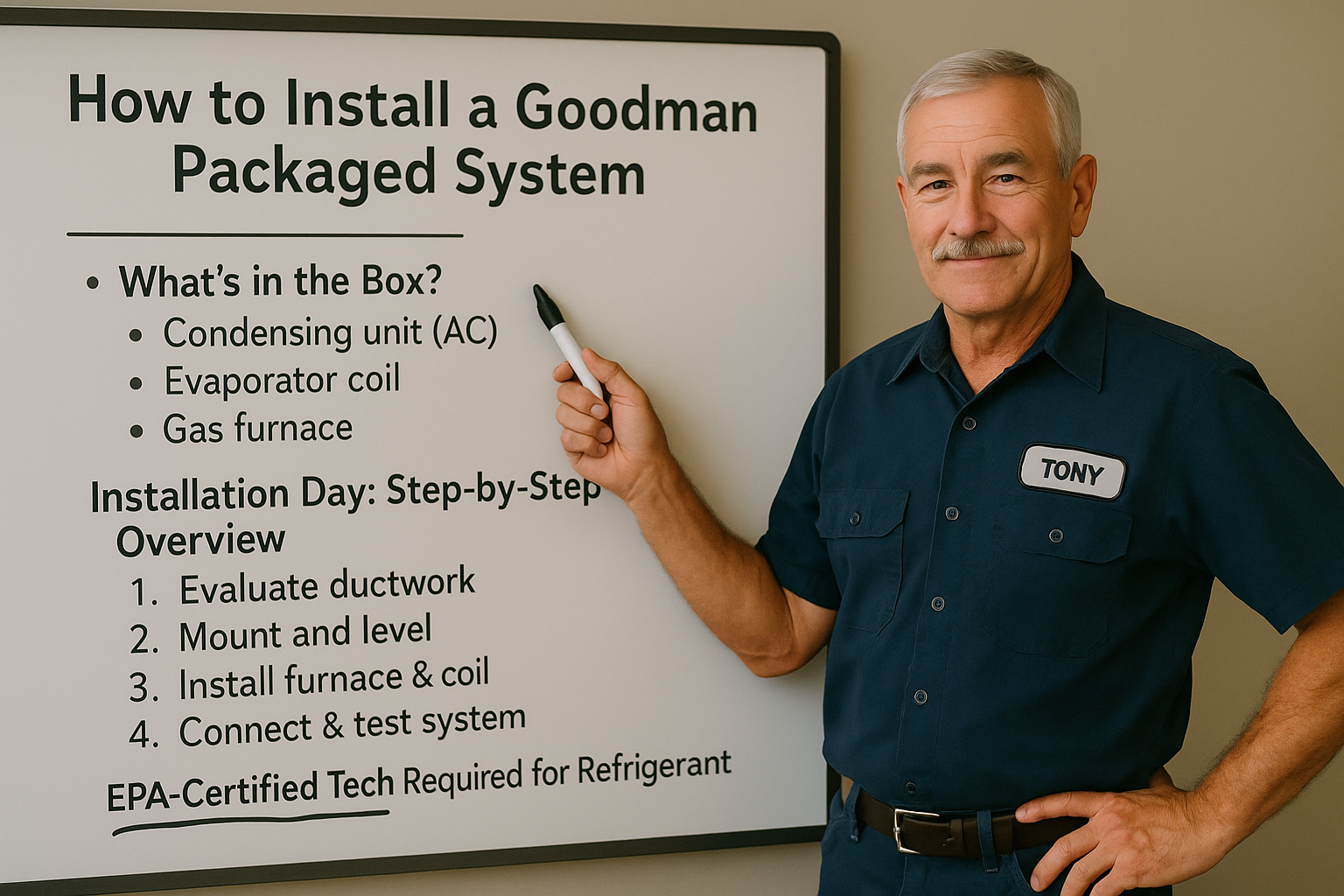
How to Install a Goodman Packaged System - What to Expect
Buying a new HVAC system is a big investment—but installing it right is what actually delivers the comfort and energy savings you paid for. Whether you’re hiring a contractor or doing part of the work yourself, here’s what Tony wants you to know about how a Goodman system like this one is installed.

Horizontal vs. Vertical Coils: Which One Do I Need?
When you’re putting together an HVAC system—like the Goodman 2 Ton 14 SEER2 Northeast System—one part you might overlook is the orientation of your evaporator coil.
It’s not just a technicality. Whether you need a horizontal or vertical coil can impact airflow, efficiency, and installation cost.
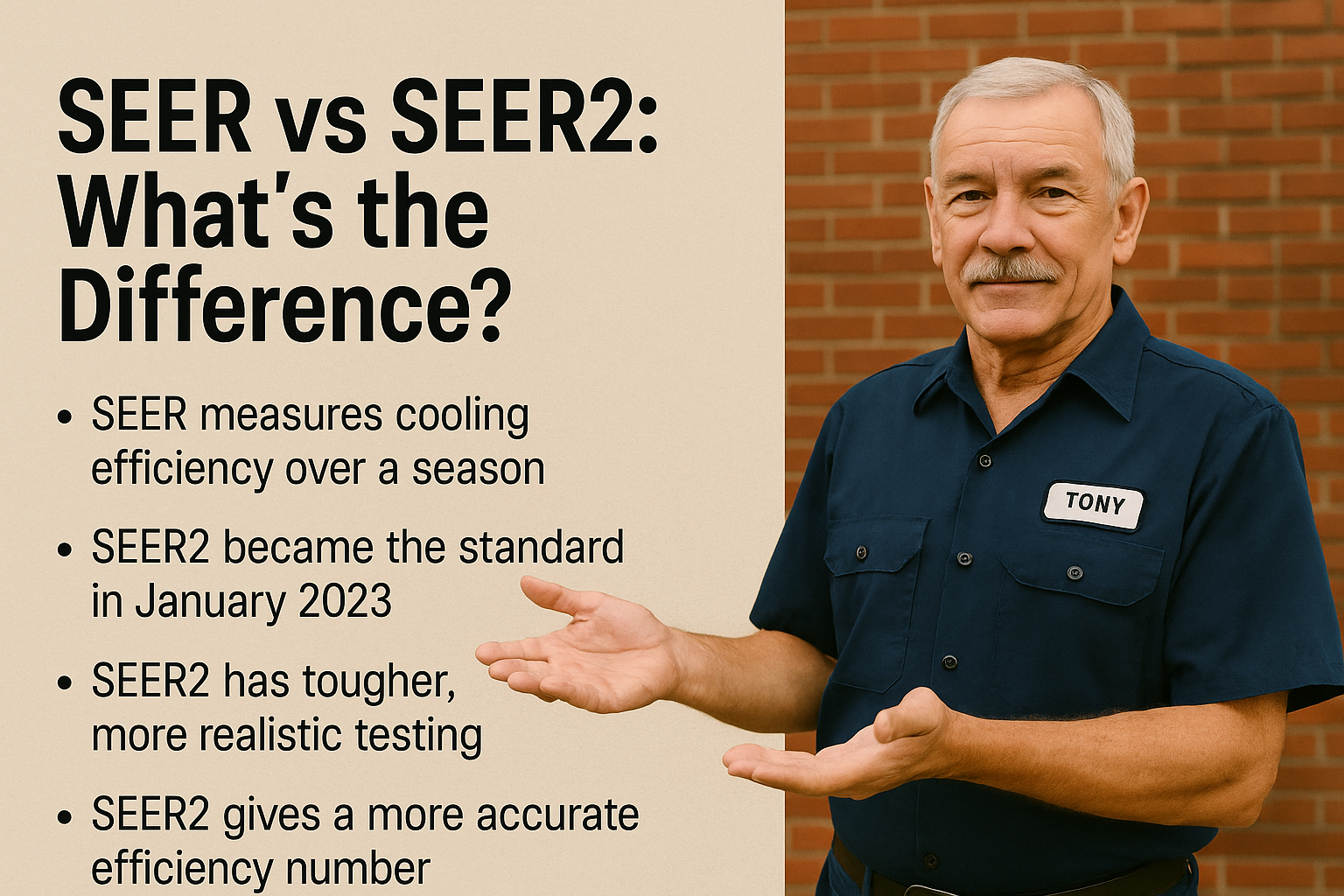
SEER vs SEER2: What’s the Difference?
If you’ve shopped for a new HVAC system recently, you’ve probably noticed that SEER2 replaced SEER on most equipment labels. But what changed—and why does it matter when you're buying something like the Goodman 2 Ton 14 SEER2 Northeast System?
Here’s Tony breaking it down in real terms.

Do I Need a 2 Ton System? Here’s How to Know
Most folks buying a complete HVAC system aren’t 100% sure what size they need—and that’s normal. The key is to match system size to your home’s heating and cooling load, not just your square footage.
If you’re looking at the Goodman 2 Ton 14 SEER2 System, this guide will help you figure out whether it’s the right fit—without overbuying or underpowering your home.
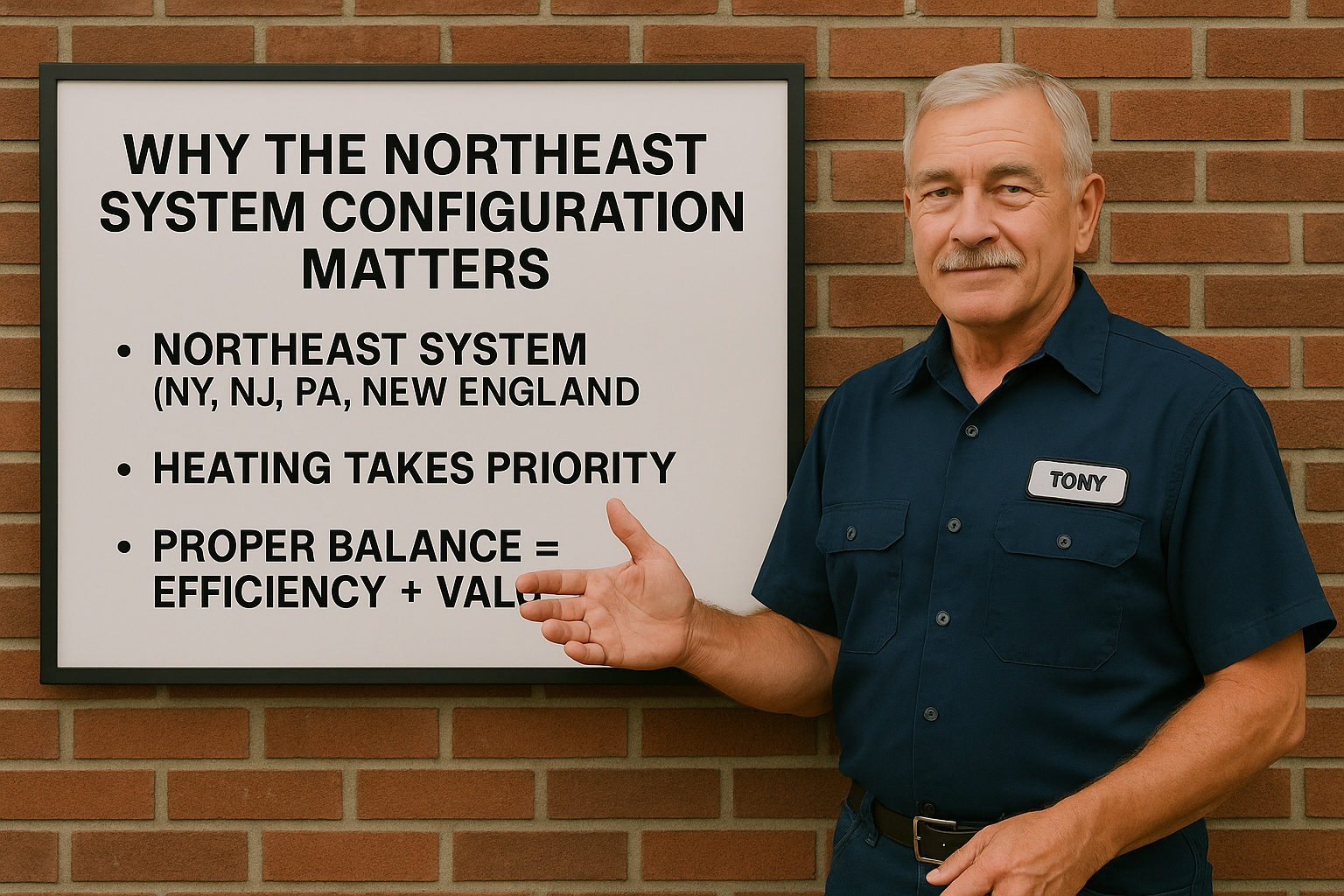
Why the Northeast System Configuration Matters
When it comes to heating and cooling in the Northeast, one-size-fits-all doesn’t cut it. That’s why systems like the Goodman 2 Ton 14 SEER2 Northeast Package are tailored for colder, more variable climates.
Let’s break down what makes a system Northeast-ready—and why this matters for both comfort and compliance.

Central AC Safety Rules (1.5–5 Ton): 9 Must-Follow Tips for Safe, Efficient Operation
High-voltage wiring, pressurized refrigerants, and spinning fans make central ACs powerful—and potentially dangerous. This article shares 9 essential safety tips every homeowner or HVAC tech should know, from electrical checks and proper clearances to duct sealing and pro maintenance.
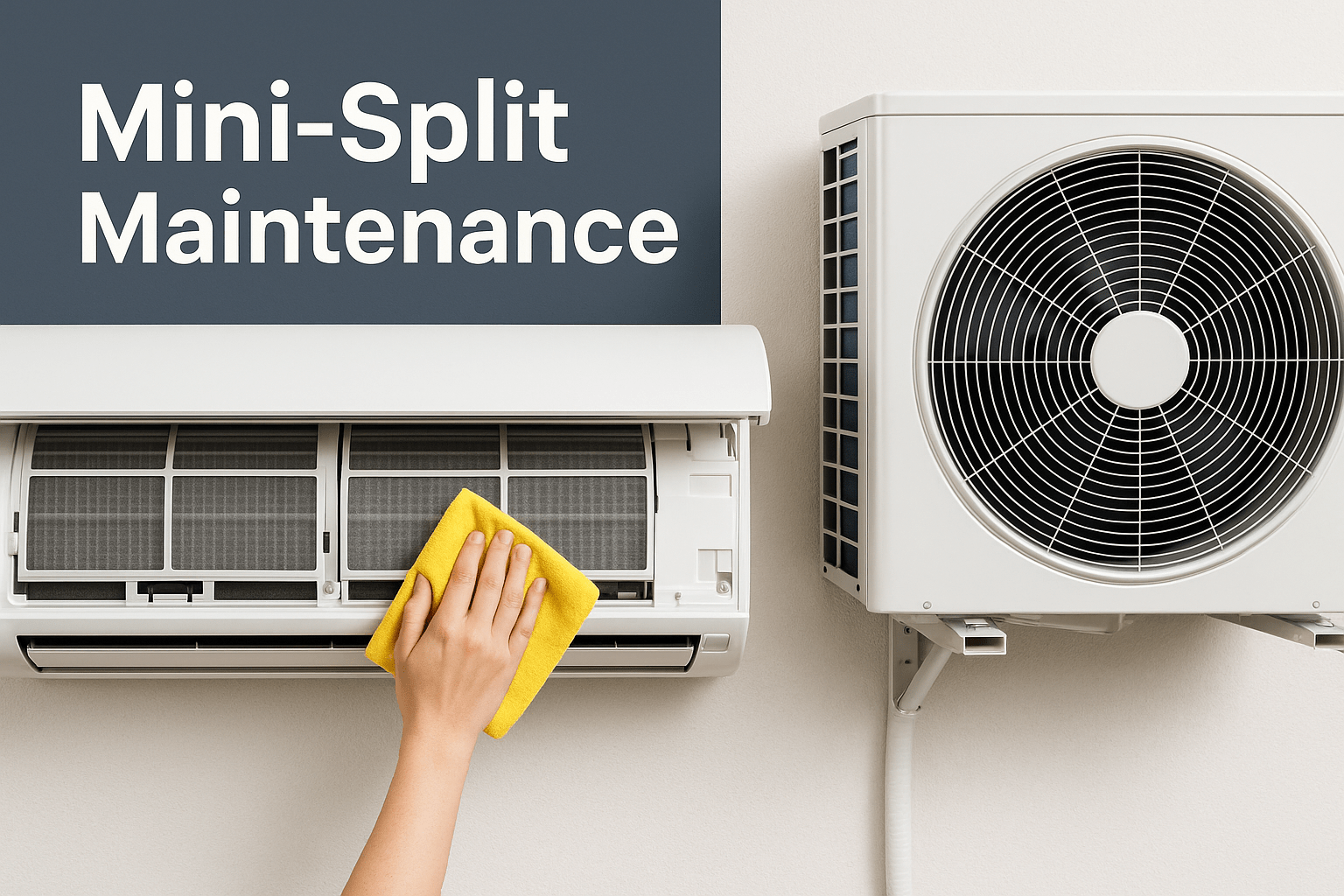
Mini-Split Maintenance (1.5–5 Ton): 9 Must-Do Tips to Avoid Breakdowns and Cut Bills
Dirty filters, clogged drains, and neglected coils can quietly drain your wallet. This guide gives you 9 essential maintenance tips—most DIY-friendly—to keep your ductless mini-split running efficiently and safely. Learn how to boost performance, lower energy bills, and extend your system’s life with a little seasonal upkeep.
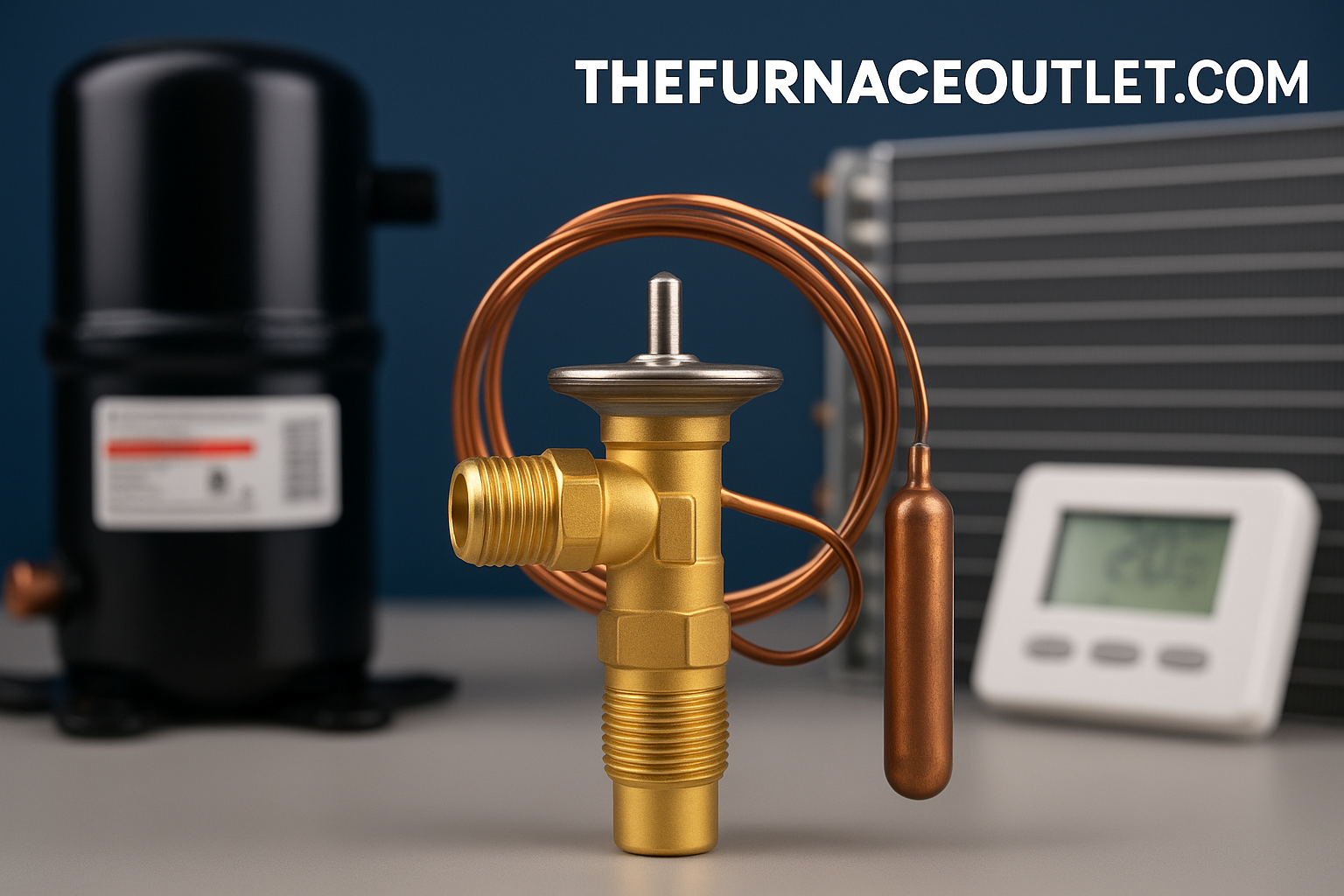
The Valve That Could Make—or Break—Your A2L HVAC System
A2L refrigerants like R-32 offer sustainability and efficiency—but only if your expansion valve can handle the pressure. This guide breaks down what HVAC pros need to know when selecting valves for A2L systems, from refrigerant compatibility and precision control to material durability and regulatory compliance.
A2L Refrigerants in Split AC Systems: Are You Designing for Efficiency—or Ignition Risk?
A2L refrigerants like R-32 and R-454B offer high efficiency and low GWP—but they also bring mild flammability risks. This guide breaks down how to safely design split air conditioning systems that meet both performance and regulatory goals.
A2L Refrigerant Charge Size: Are You Calculating It Safely—or Just Guessing?
A2L refrigerants offer low-GWP advantages but bring new challenges in charge calculation due to their mild flammability. This guide explores why precise charge sizing is essential for performance, safety, and regulatory compliance.
Designing Condensers for A2L Refrigerants: Are Your Materials Ready for the Future of HVAC?
As the HVAC industry pivots toward low-GWP A2L refrigerants, engineers face new design and material challenges. This post dives into how to build safe, efficient, and regulation-compliant condensers for R32 and other A2Ls.

What Makes the GLXS3BN2410 Condenser Efficient?
If you're eyeing the Goodman 2 Ton 14 SEER2 system, the GLXS3BN2410 condenser is the powerhouse behind your summer comfort. Built to comply with updated federal efficiency standards, it delivers reliable performance for Northeast homes without pushing the price into luxury territory.
Let’s unpack what sets this unit apart—and why it’s worth your attention.

